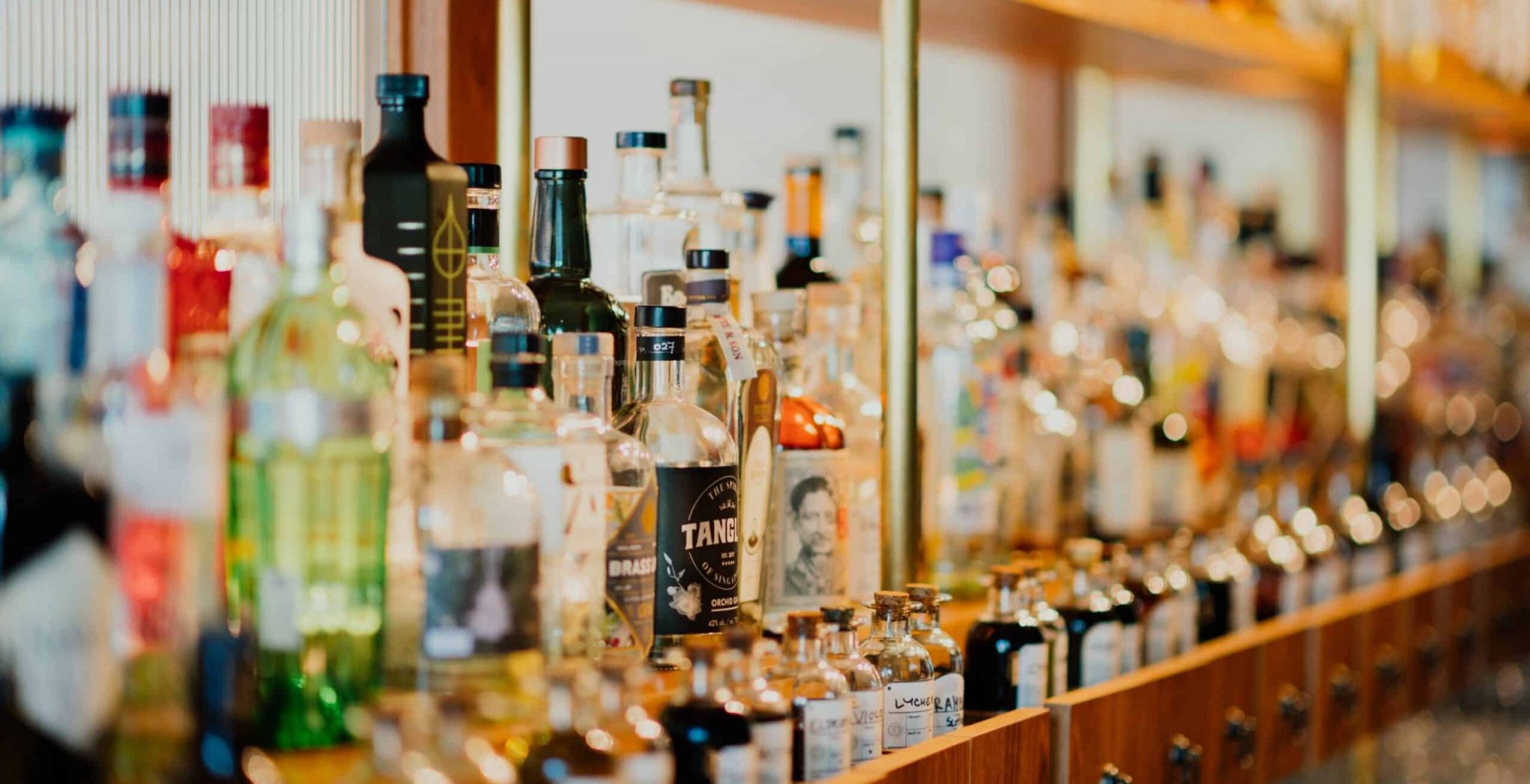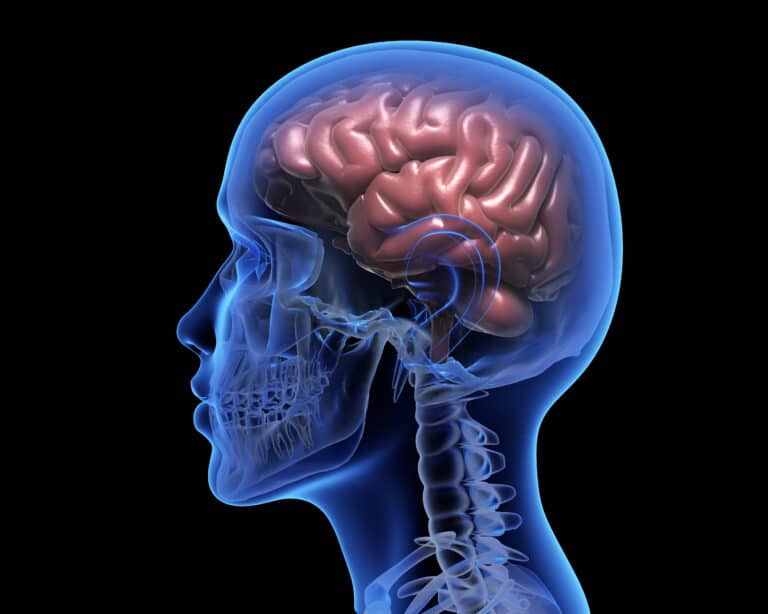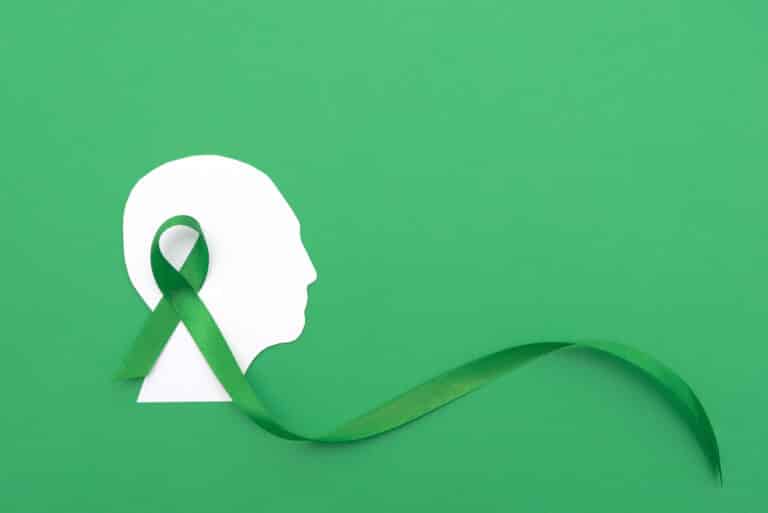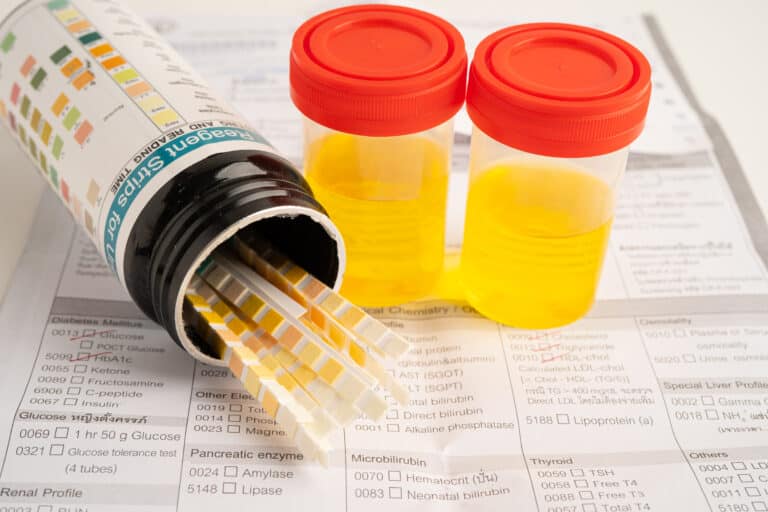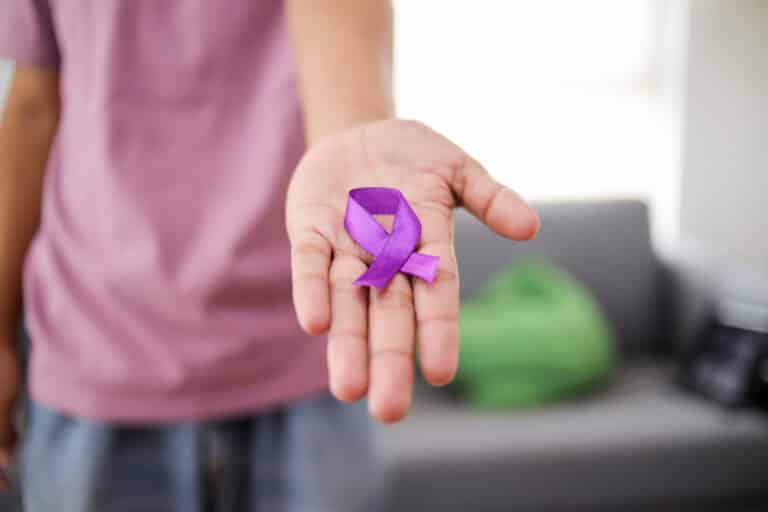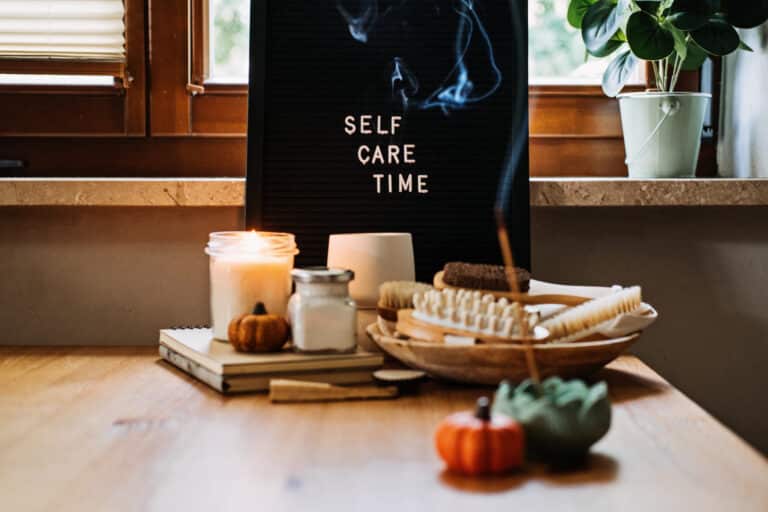The road to recovering from alcohol use disorder is never easy. Current research shows that between 50 and 90 percent of those in their first four years of recovery will experience a relapse.
Knowing where the addiction comes from and how it affects the body is essential to successful sobriety. This guide focuses on understanding alcohol cravings that lead to relapse and how to stop them.
What Are Alcohol Cravings?
Drinking alcohol affects how the brain functions by altering the levels of two neurotransmitters: dopamine and GABA (gamma-aminobutyric acid).
When this happens consistently, the brain begins to accept the altered levels as normal. This is often why those with alcohol use disorder feel the need to have a drink to function normally.
Once alcohol is removed from the system, the brain sends out signals for more. These manifest themselves in the body as alcohol cravings.
Initially, alcohol cravings might be more severe. However, they can also be triggered long after initial recovery has begun. Some symptoms of alcohol cravings include:
- Frequent or obsessive thoughts about drinking
- Lack of appetite
- Feelings of unease
- Unexplained mood swings
- Depression or anxiety
- Insomnia
- Urge to partake in other addictive behavior (i.e. gambling, smoking, substance abuse, or sex)
It’s important to address alcohol cravings early on, to avoid having an alcohol relapse.
Common Craving Triggers
Before learning how to stop alcohol cravings, one must be able to recognize the triggers that cause them. Triggers can happen at any time, but they are often caused by stimuli that affect the person subconsciously or physically.
High-Risk Situations
Drinking alcohol is often a social enterprise.
People gather to watch a sporting event and drink beer. They throw a party or family reunion and have a cooler full of alcohol. Even certain religious ceremonies and holidays encourage the use of alcohol.
These types of situations are referred to as high-risk situations because they have the potential to be very triggering. People might feel excluded or awkward because they are not drinking and be emotionally triggered.
The smell of alcohol can also activate a physical trigger by stimulating the salivary glands. When overcoming alcohol cravings, it is best to avoid high-risk situations.
Physical Triggers
When reading the back of a wine bottle it is not uncommon to see the phrase, “pairs well with,” followed by a food item. Food is often one of the most activating triggers because taste and memory are linked. People accustomed to pairing alcohol with food might experience alcohol cravings while eating.
Physical triggers can be visual, such as television or print ads featuring alcohol. They can also be auditory, like the pop of a cork or the click of a can opening.
Avoiding physical triggers isn’t always possible. However, recognizing when a stimulus triggers an alcohol craving is the first step in overcoming it.
Emotional Triggers
Many people with alcohol use disorder utilize alcohol as a coping mechanism. They drink to escape pain, ease stress, or avoid anxiety. Without alcohol as a buffer, the emotions feel even more intense and often lead to alcohol cravings.
Emotional triggers can be difficult to recognize because they can come out of nowhere. They don’t have to be associated with a notable event, such as an argument with a loved one or an impending deadline. Instead, they might be related to past trauma or a general sense of unease.
There are a lot of difficult emotions involved in the recovery process as well. Many people experience feelings of guilt or shame for things they said or did while under the influence.
It’s important to acknowledge when emotions are at play and to seek alternative and healthy coping solutions, such as counseling.
Conquering Alcohol Cravings
There are a variety of treatment options for alcohol cravings. Not all methods target the same aspect of the cravings. Therefore, for the best results, it is wise to combine several different treatments.
Medication
Medications work at a chemical level within the body to address the physical processes related to alcohol cravings.
Disulfiram was the first medication approved for treating alcohol use disorder. It makes the user violently ill should they ingest any alcohol. It is more of a safety net medication, rather than a treatment targeting cravings.
Naltrexone was originally used to treat opioid addiction but has also been effective in curbing alcohol cravings. It works at receptor centers in the brain to reduce cravings and block the pleasurable effects of consuming alcohol.
Acamprosate is one of the newest medications approved for the treatment of alcohol cravings. It normalizes alcohol-related changes in the brain to reduce withdrawal symptoms.
Detox
Alcohol cravings are often the result of residual chemicals lingering in the body. Undergoing alcohol detoxification helps rid the body of any remaining toxins. It is especially helpful for those still undergoing heavy withdrawal symptoms or who might have experienced a recent relapse.
Behavioral Changes
As mentioned earlier, emotional triggers can be some of the most difficult to overcome. It is essential to find alternatives to coping with emotions to alleviate alcohol craving symptoms.
Holistic practices are often quite effective at treating alcohol cravings. Exercise helps rid the body of residual toxins and is a great way of redirecting the mind’s attention.
Energetic healing through a reiki session can provide a sense of balance and help in releasing blocked emotions that can trigger cravings.
Before entering a scenario that might prove to be triggering, it is important to prepare mentally and emotionally. Meditation is an excellent way to focus the mind, reduce stress, and find clarity. When performed regularly can even being to rewire the brain.
Overcoming Addiction
Overcoming alcohol cravings is just another part of the addiction recovery process. It might seem daunting at first but it’s not something that has to be accomplished alone. There are lots of resources available to aid in the journey to living a happy and fully sober life.
We encourage you to contact us for more information on our services and how we can help.
